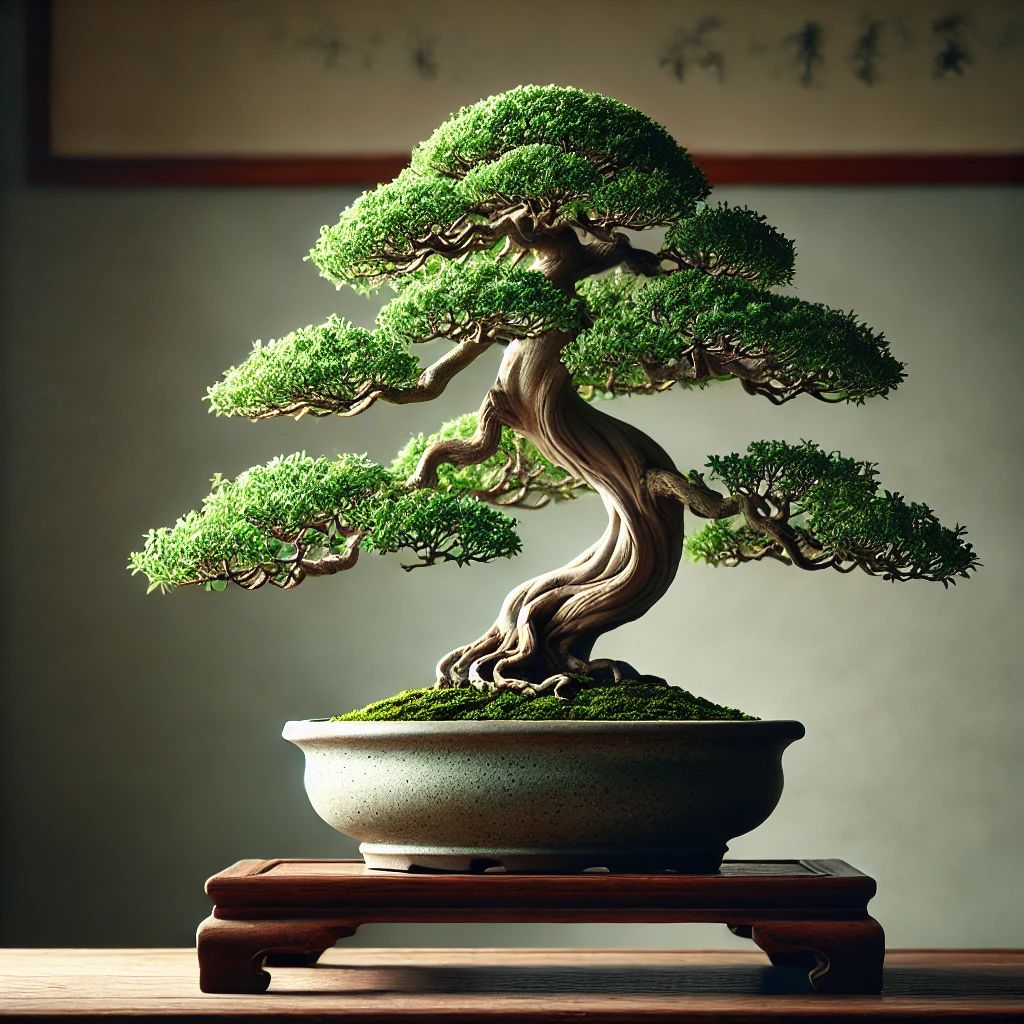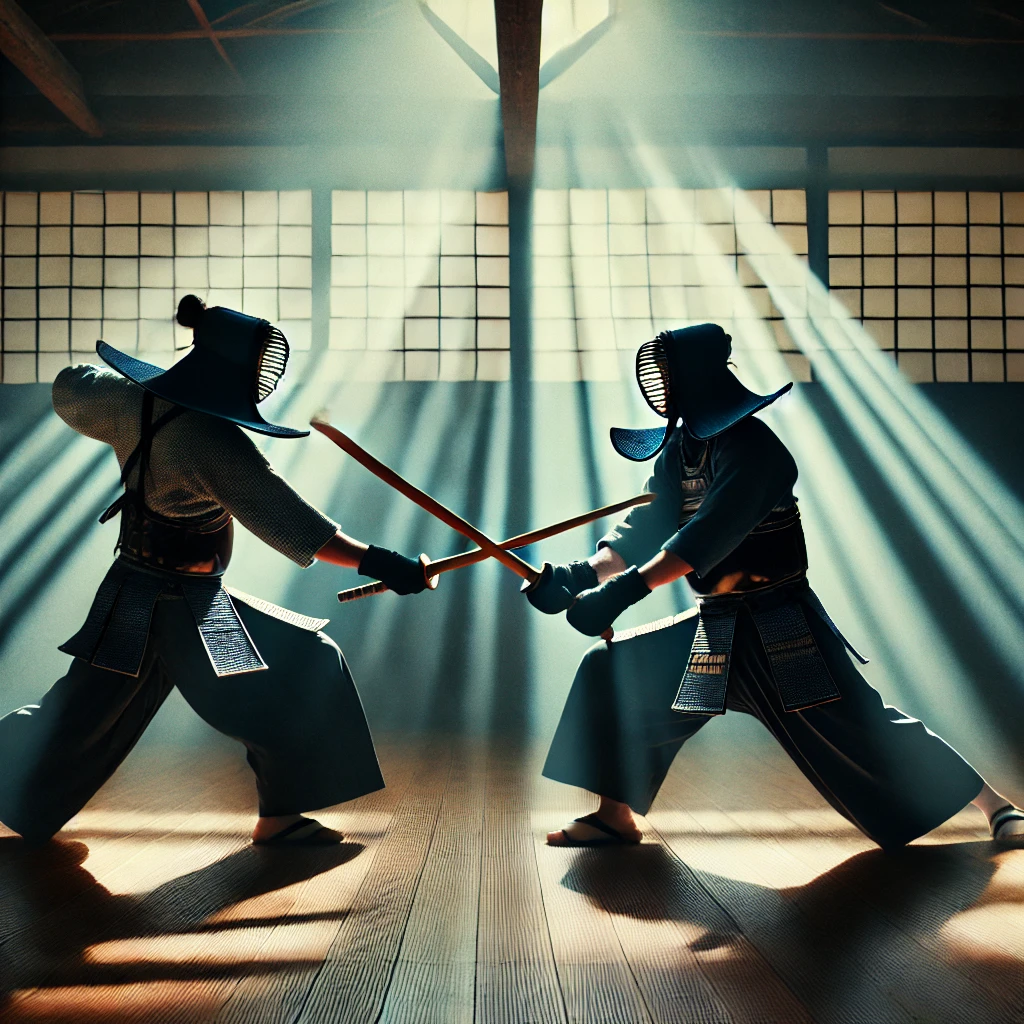Kendama is more than just a skill toy—it is a practical demonstration of physics in action. Every trick relies on fundamental forces like inertia, gravity, and momentum. By understanding these forces, a player can move beyond trial and error, using physics to refine technique and master control.
Inertia – The Resistance to Change
Newton’s First Law states that an object in motion stays in motion unless acted upon by an external force. When the tama swings, it follows this law—its path continues unless the string tension, gravity, or a player’s intervention alters its course. A skilled player uses this principle, adjusting their movements with minimal effort to guide the tama instead of forcing it.
Gravity – Mastering the Freefall
Every trick in Kendama is affected by gravity. The moment the tama is tossed into the air, it follows a predictable parabolic arc before falling. Understanding this allows players to anticipate its motion, adjusting the ken’s position to catch it smoothly. Lunar tricks, in particular, challenge players to counteract gravity by balancing the tama with the perfect center of mass.
Momentum – Controlling Energy Transfer
Momentum is what makes certain tricks feel effortless and others feel rigid. The speed and force of a tama’s movement determine whether it lands cleanly or wobbles out of control. Small adjustments in wrist flicks and knee bends can redirect momentum, allowing for smooth, continuous tricks. With enough practice, players begin to "feel" the right amount of force rather than relying on guesswork.
String Tension – A Hidden Force
The string connecting the tama and ken is an often-overlooked but crucial factor in Kendama physics. The tension in the string affects how the tama moves—too much slack and the ball won’t respond quickly, too much tension and it snaps unpredictably. Understanding this tension allows players to control rotations, stalls, and swings with precision.
Wood – The Living Material
Kendama is traditionally crafted from wood, a material with natural grain, density, and texture that affect how tricks are performed. Harder woods like maple provide a crisp, predictable bounce, while softer woods like beech absorb impact and create a more controlled feel. Over time, the player and Kendama form a unique relationship—the slight dents and wear subtly shape how the tama interacts with the ken.
Kendama and the Fragility of the Digital Age
In a world where identity, purpose, and validation are increasingly built on the internet, Kendama remains untouched by technology. While electromagnetic pulses (EMPs) and solar flares are negligible concerns in daily life, they symbolize how fragile the digital world truly is. Social media accounts can be deleted, data can be lost, and networks can go dark—but the wooden toy endures. Kendama will never require a charger, an update, or an internet connection. It exists beyond technology, beyond artificial validation, and remains something tangible, something real. The skills learned through Kendama cannot be erased. They exist within the player, carried through hardship, preserved by persistence.
Using Physics to Improve Play
Great Kendama players don’t fight against physics—they work with it. Instead of forcing the tama into position, they guide it. Instead of reacting after the fact, they predict and adjust in advance. By tuning into the forces at play, Kendama becomes less about physical effort and more about intelligent movement, where efficiency and precision lead to mastery.





